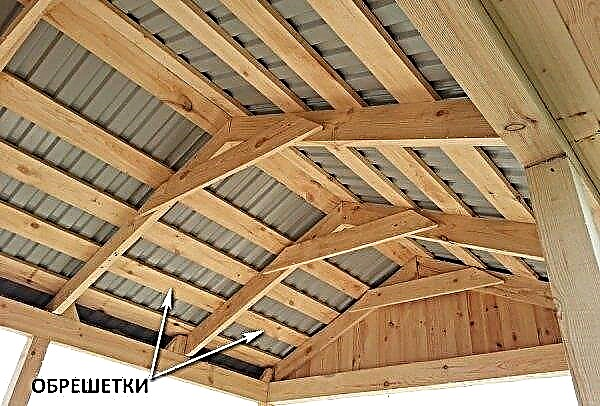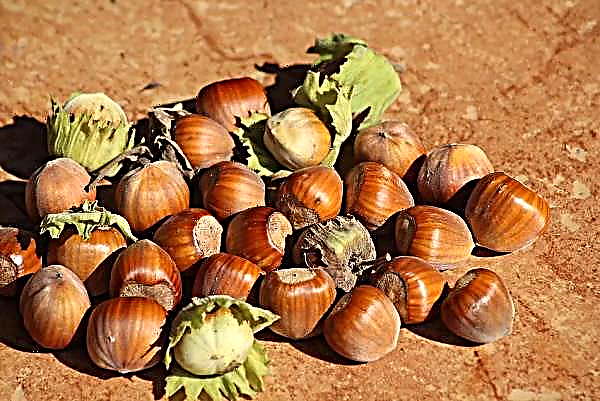Garden paths are not only an element of the arrangement of personal territory, but also its decoration. They give the site style and well-groomed appearance. You can make beautiful paths in the country with your own hands using a special device. Now in construction stores you can find molds for pouring tile forms. You can make them yourself.
Benefits of Using a Garden Path Mold
- Matrices for forming garden paths have many advantages:
- With this device, you can make beautiful paths in the short term. Such paths have a beautiful aesthetic appearance and well decorate the site. Outwardly, they look like a stone path, so they fit perfectly into any natural landscape. Country paths imitating natural stone are well suited for landscaping in an eco-style. In this case, the garden is designed as close to the natural state in nature as possible. In addition, after the concrete-cement mixture has hardened, the surface can be treated with a special paint and this element can be made even more decorative using various techniques.
- Such devices have a fairly long service life. You can give them to friends. They will take up little space in the storage room for building materials and garden supplies.
- Cheap matrix. This device can be purchased at the construction store. On average, the price of a standard matrix will be about 700 rubles. And you can save and make this device with your own hands.
- Strength paths. The concrete tile tracks obtained using the molds are not only beautiful, but also quite strong. If the cement mixture is laid at 20 cm in depth, then it is suitable not only for walking, but also for driving cars and construction equipment.
- Easy to use. Any person (even a teenager) without special skills in building business can equip a track with this matrix. In the process of working with such a design, one does not need to physically exert much strain.
Selection of mold material
To save money, such a stencil for pouring concrete can be done independently. In this case, you can give this design any shape you like. For this purpose, various improvised materials are well suited. The most popular of them are described below.
Important! Walking along the path after its construction is possible only after the concrete has completely dried up - after 20 days. But driving a car is allowed only after 35–40 days.
Plastic
This material is considered the most practical. It is quite lightweight, durable and easy to use. It does not need to be treated with any protective mixtures. Plastic does not change shape during temperature changes and is normally stored in any room. This material is not susceptible to adhesion to concrete.

From metal
Metal matrices are highly durable and well tolerate different loads, so they are well suited for a large volume of such construction work. But the cost of such a design is an order of magnitude higher. Another metal form must be treated with special anti-corrosion compounds to prevent rust. For the manufacture of such a matrix, metal hoops from old barrels or strips of galvanized iron are suitable.

Wood
You can make this matrix wooden. To make dividing partitions to give a pattern, plywood is often used in this form, so often after pouring this design becomes unusable. In addition, it will be difficult to remove the hardened concrete from such a surface, so the laboriousness of using this matrix is much higher in comparison with others. The wooden template needs additional processing for waterproofing with special solutions.

Necessary tools for work
To make a wooden mold you will need a hammer, saw, staples. For a metal template, you will need scissors for cutting metal or a grinder, self-tapping screws.
Did you know? The first plastic was received by metallurgist Alexander Parks in 1855 and called it parkesin. This material has a more common name - celluloid.
Before casting molds, prepare the following equipment:
- capacity of 20–40 liters;
- bucket;
- drill with a power of more than 700 watts with a mixer nozzle;
- Master OK;
- brush;
- gloves.

When laying the finished tile, the following tools and equipment will also be required:
- wheelbarrow;
- level;
- roulette;
- pegs with a rope;
- rubber mallet;
- guides;
- broom;
- watering can;
- hose;
- grinder with a stone disc.
Step-by-step manufacturing instructions
The simplest option for a home-made form is to use plastic containers for freezing products as a template. It should only be ensured that they are not made of fragile and soft material. In this case, nothing needs to be done, except to cut the plastic to the desired height. Before pouring concrete, these forms are lubricated with oil so that the finished tile can be easily removed.
At home, the easiest way to make a stencil is made of wood or metal. Before making them make a drawing with the exact dimensions. For garden paths, they draw a product with a height of 3-5 cm, for loads under the car (access roads, parking at the garage) the thickness of the home-made tile should be from 8 cm with reinforcement inside.
You can easily cook simple forms of wood. The instructions for preparing such a wooden product are simple:
- Cut into a drawing size a wooden beam with a section of 50 × 50 mm. If the plates will be laid near the garage, then a larger timber should be selected (with a side of at least 80 mm).
- At the ends of the bars, make grooves and fasten them together, following the parameters of the drawing. Strengthen fasteners with brackets.
- The bottom - plywood is nailed to the bottom of the product. This is an optional condition, since you can use a template without a bottom, making concrete pour directly on the track.
- Lubricate the wooden form with solid oil. This is necessary for longer product life.

For a metal template, sheet metal is usually used. The procedure is as follows:
- Make a marking on a sheet of iron according to the dimensions of the drawing and cut out the pieces necessary for the manufacture of the mold with scissors for metal.
- Strip the edges of the cut strips. If the template is with jagged edges, they can be bent using a hammer.
- Fasten the edges of the form by welding or self-tapping screws directed by caps into the product.
Laying a garden path with your own hands using a form
First you need to make a cement mortar for pouring. It is made of 1 part cement of the M500 grade (or higher), 3 parts of pure sand and 1 part of crushed stone (optional). If desired, pigments for concrete can be used. The multi-colored track will look spectacular. A small garden tile can be made without crushed stone. First, sand and cement are mixed, and then water is gradually added to them, kneading the mixture with a construction mixer. The finished solution should be plastic and not slide off the trowel. The amount of concrete mix should be equal to one pouring form.

The mixture should be used shortly after manufacture. It is distributed according to the template with a spatula and sealed with a vibrating rail so that there are no voids.
An interesting idea for creating a non-banal tile would be if you put a relief leaf of a plant, smeared with petroleum jelly, or an uneven wood board at the bottom of the form. Some grease their hands or the soles of their feet and leave their prints on the surface of the hardening plates. Thus, you can capture the prints of the palms and feet of the whole family. In templates for plates that will bear the load of cars, the reinforcement should be laid down.
The tile form is placed in the shade until it dries and covered with a film. Drying usually lasts about a day after low tide. Laying homemade tiles of garden paths is carried out in the same way as purchased.
Did you know? Concrete was popular for construction even in Ancient Rome, but after its fall it was forgotten for a long time. The most famous of the concrete buildings that has survived to our time is the Pantheon, built in 126 AD.
At the same time, the following work is performed:
- The place of the future track is being cleared.
- With the help of a peg and a rope, outline its contours, taking into account the size of a homemade tile.
- Then, with a shovel, remove the top soil layer of 10 cm.
- The bottom of the trench is rammed and covered with gravel or gravel, and a layer of sand is poured on top.
- A sand pillow is well moistened with water from a watering can and compacted.
- Set the guides or pull the rope-order. Focusing on them, they lay the tile, hammering it into the place of installation with a rubber hammer. Between the plates, you can use special crosses for more even seams.
- The evenness and slope of each row is checked by level. If any tile lay unevenly, then it is removed and sand is poured or, conversely, part of the sand cushion is removed.
- At the end, the seams are covered with sand or cement mortar from 3 parts of sand and 1 part of cement. Then the seams for evenness are wiped with a special brush.
- The finished path is poured with a hose for cleaning sand.

It is good to use a bottomless form in the following way:
- After compaction and wetting of the sand cushion, a greased template is installed on it.
- The concrete mixture is prepared and poured into the formwork. It is leveled on top with a spatula and sprinkled with cement. On top, you can decorate with pebbles, shells, mosaics, pigments or various interesting prints.
- After 20-30 minutes cement mortar will harden a little and will already hold its shape. Then the template is carefully removed and set next to it. Then repeat the fill.
- After the boards have hardened, grout the joints with sand or mortar.
DIY tiles can save you a budget. Templates for it can be made by ourselves, and when they are filled, interesting design decisions sometimes appear. In this case, usual tools and equipment will be needed on the farm.Important! When laying the tracks, it is optimal if a slight slope is provided (5 mm / 1 p.m.) so that rain water flows down the tile.












